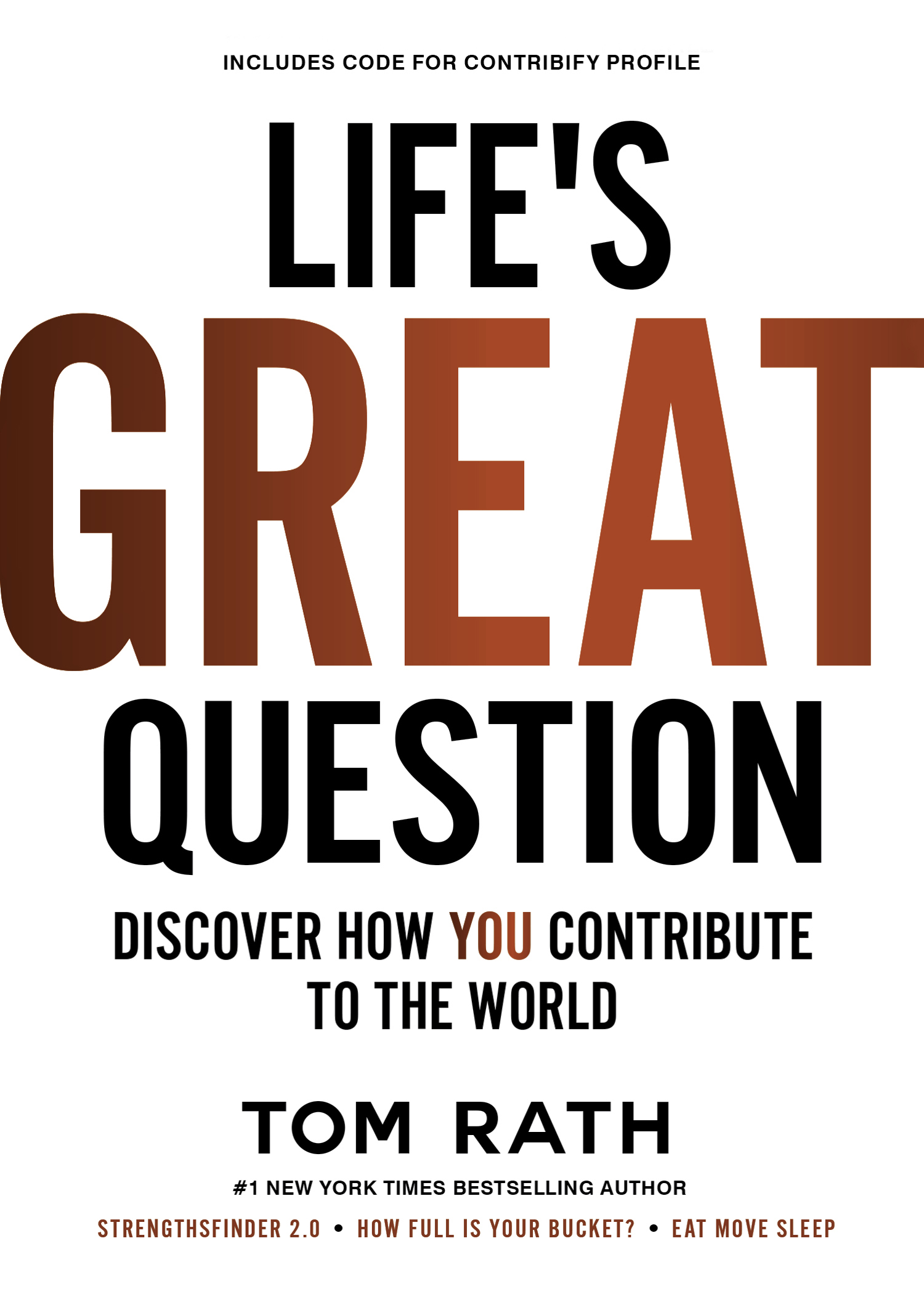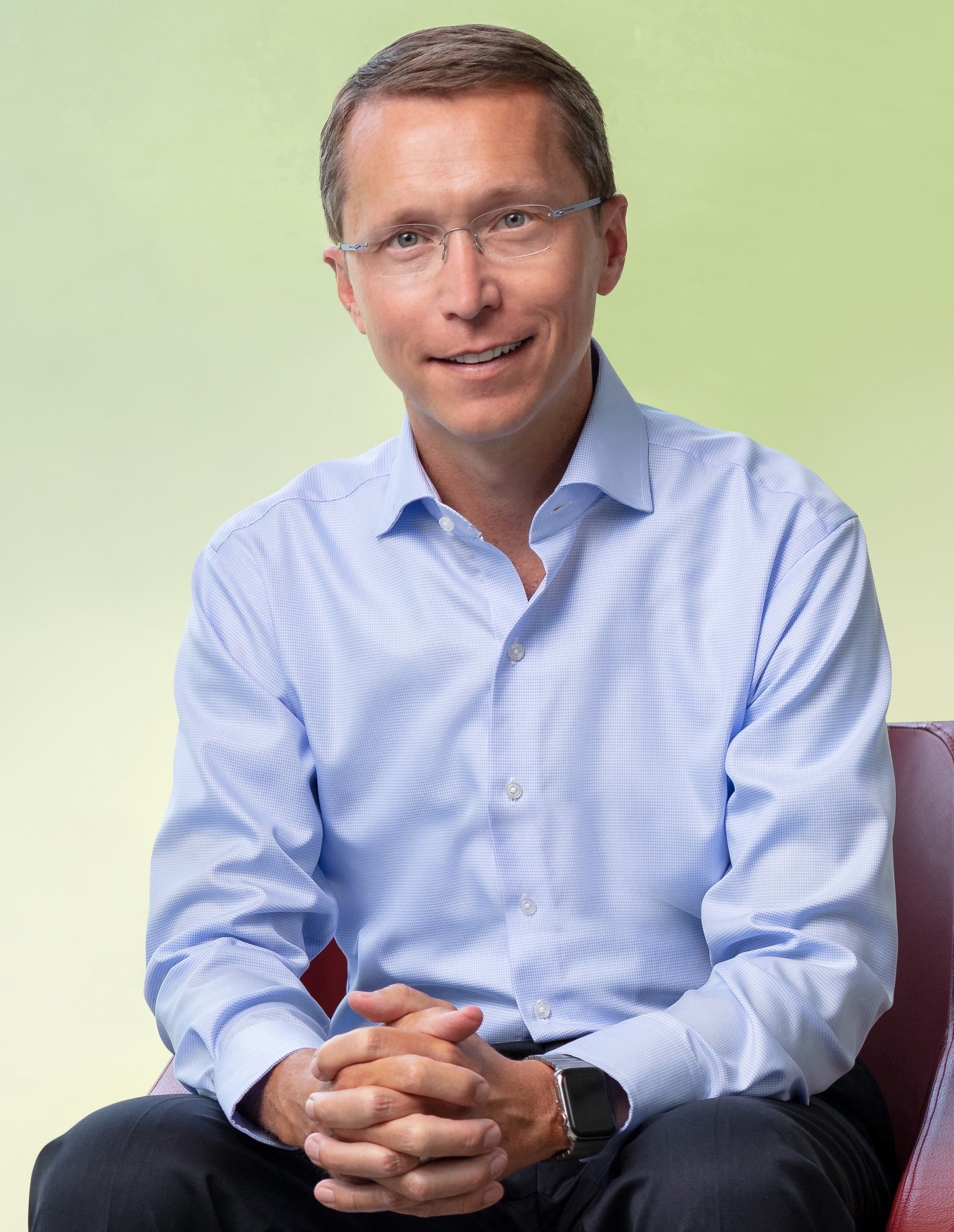As I held a plate of veggies in one hand and an iced tea in the other, a distant cousin cornered me. I recognized her face and knew she was a generation older, but struggled to recall her name.
“Great to see you and your family here, Tom!” She leaned in closer, knowing my wife and daughter were a few feet away, and added, “To tell you the truth, most of us didn’t expect you to live this long.” I wasn’t quite sure how to reply.
I was already well out of my comfort zone at this family reunion, held in a hollow gymnasium near my hometown of Lincoln, Nebraska. But here I was. And while my cousin may not have made the most sensitive comment, it was honest.
When I was 16 years old, doctors told me I had a rare and catastrophic genetic mutation, one that would lead to cancers in multiple organs. Within a year, I had lost all sight in one eye to large tumors. The doctors said I would almost certainly face cancer in several other areas, from my kidneys to my spine.
None of them seemed to know how long I might live, battling cancer on multiple fronts.
Eventually, I looked up the best information I could find about my life expectancy. For someone born in my generation with this mutation, it was about 40 years. The statistics suggested that spinal tumors would be the most debilitating, but kidney cancer was a more likely killer. Just as these odds implied, I have spent the past 25 years battling pancreatic cancer, adrenal tumors, kidney cancer, and several spinal tumors.
I mention this personal background for two reasons. The first is that my condition gave me a sense of urgency to make the best use of my time, which proved to be deeply meaningful and rewarding. I want to help you foster a similar sense of urgency.
None of us truly knows how much more time we have. After living more than 25 years since my diagnosis, on what some see as borrowed time, I’ve learned that time is more valuable when you can see your mortality on the horizon. Recent research found that kids who battle cancer somehow emerge stronger when compared to peers who have not faced a similar challenge. In particular, when people after the age of 12 battle cancer and survive, they are more likely to experience what scientists call post-traumatic growth.
Why does this occur? A review of 18 studies suggests that the prospect of death leads to greater appreciation of life, more rapid formulation of values, more thought about the meaning of life, and stronger social connections. As I have learned from experience, when you consider how short life can be, you create more meaning in the world.
Initially, I did not think I would live as long as I have. Now, I do not believe it is in anyone’s best interest to live like they have forever. When you view your time as finite, you build more life into each day.

Reproduced from Life’s Great Question: Discover How You Contribute to the World by Tom Rath, 2020, Silicon Guild, Arlington, VA. Copyright © 2020 by Tom Rath.
Follow us here and subscribe here for all the latest news on how you can keep Thriving.
Stay up to date or catch-up on all our podcasts with Arianna Huffington here.


